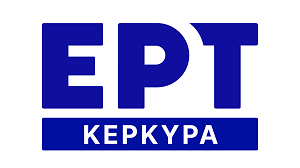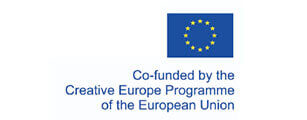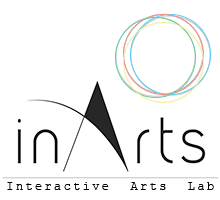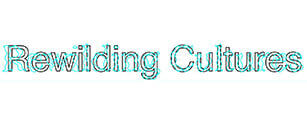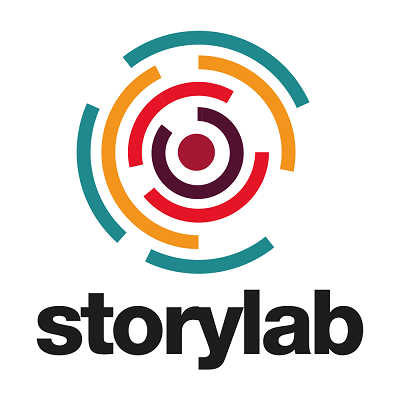Summary
My research has long been concerned with human perception and the ability of objective interpretation. In my recent work I deal with the reality-model relationship and the viewer’s position within it. I am referring to the fact that knowledge about the world is based on (scientific) models. The simplification via models helps us to grasp complex reality – e.g., physical theories can be interpreted as models of the world, but they do not represent reality as it is, but as we mind it to be. Even though these theories are verified by scientific experiments, the examined phenomena are isolated from reality because they occur in artificially created conditions, conditions which do not exist in reality.
In my art installations in several gallery spaces, I positioned the 3D models into the shape of an architectonic tower 4 meters tall, therefore only some of those objects are accessible directly by spectator look; some of them are reachable in a mediated way – with camera moving itself in about vertical ax from the floor to ceiling. The look of the camera is directly projected to the wall in an next room – this enables to look at the models to be placed highly above viewer’s head. The camera represents an extended human receptor, like the analogy to explorers we are sending to the outer space with the aim to get the information (images, noises, samples…) from the places we are not able to reach with our own natural human receptors. The information we received via those non-human senses differ from what we are able to perceive directly.
Objective
The question I am asking is – whether the world is recognizable, whether there is an objective world beyond our human observation, and what is the role of language within it. How can we explore our whole world? Can we rely on our senses if their capabilities of evaluating and storing information are limited? And what if we become a “victim” of an illusion? Will it sharpen our senses or, on the contrary, will we start doubting them? What is the role of art and its form of presentation when it comes to exploring the world?
These questions resulted in exploring the relationship between “it” and “bit” – “it” as a reality and “bit” as the information we have about it. Interpreted in art on one hand stand matter / shape / form and on the other is idea / concept / information. During my research, I relied on relevant outputs from both physics and philosophy, which I have taken my stance on – in both, art and writing.
Method
The viewer is given a difficult task as they are confronted with the physical limits of their own bodies and they can only enter the models through an illusion - using moving camera as an extended sense.
This rather difficult access leaves the viewer oscillating between physical material presence and distant illusions of “reality” the models refer to. To attend an exhibition means to become a participant of a sophisticated game - the importance is not in the look what we see but what we interpret. And it is just the space of fine art where the spectator has decisive status during the art work interpretation.
Conclusion
My work resulted in the conclusion that the complex knowledge of reality is not possible because we cannot observe it without being part of it and every attempt of objectivity is fruitless in advance because each and every observing is connected with our subjective experience. Our knowledge is closely related to the language we used – visual, linguistic, mathematics, etc. "It” and “bit” cannot exist without one another because they need and depend on one another.
Diana Cencer Garafová (1986) is a Slovak based visual artist. She became a Doctor of Art at Academy of Fine Arts and Design in Bratislava. In her dissertation thesis called “Breaking (b)it – Viewer’s position in reality-model relationship” she deals with the problem of world recognition through the models. Her Master degree she earned in Painting and other Media at AFAD, awarded with Rector’s Award for best diploma work (2012). She won the R. Matuštík Scholarship (Bratislava City Gallery, 2014) for young curators. She presents her works on solo and group exhibitions and public presentations in Slovakia and in Europe.
Back




